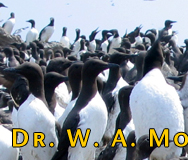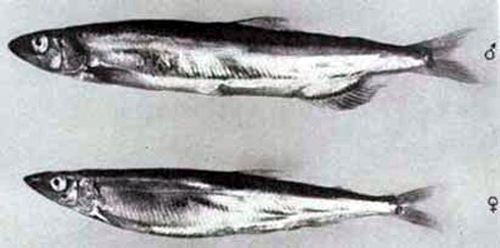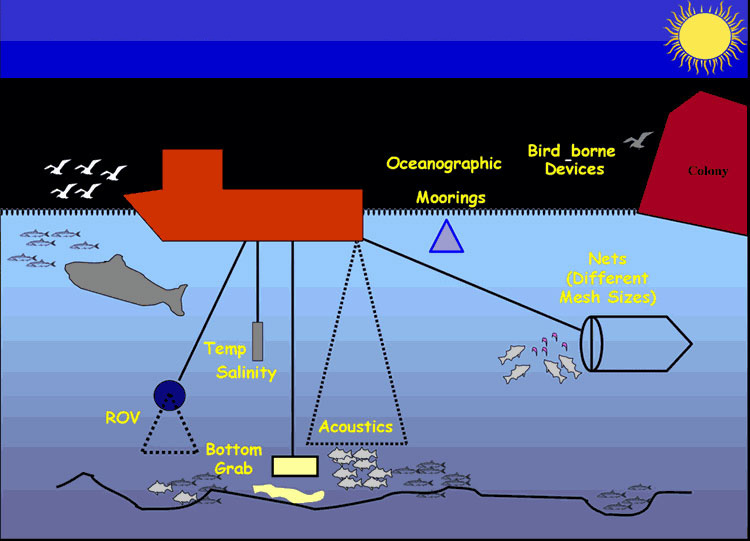

The Role of Capelin in North West Atlantic Food Web

Capelin (Mallotus villosus) are the primary forage fish species in the Northwest Atlantic facilitating energy transfer throughout the foodweb as a consumer of invertebrates and an important prey item for large vertebrate predators such as marine mammals, seabirds and predatory fish. Drastic changes in the behavior and biology of capelin during the 1990s has been reflected at high trophic levels in the declining condition of predators including Northern cod and seabirds. These changes have also led to a degree of uncertainty as to the status of capelin stocks in the Northwest Atlantic. We are investigating these changes in capelin ecology through a collaborative, interdisciplinary research program that is supported by NSERC and involves students and researchers from Memorial University, the University of Manitoba and Fisheries and Oceans Canada. The project is taking an ecosystem-based approach to understanding the bio-physical mechanisms that are driving capelin biology and behavior and the implications of these changes at higher trophic levels.

Multi-disciplinary research directed at capelin, the focal forage fish in the NW Atlantic.